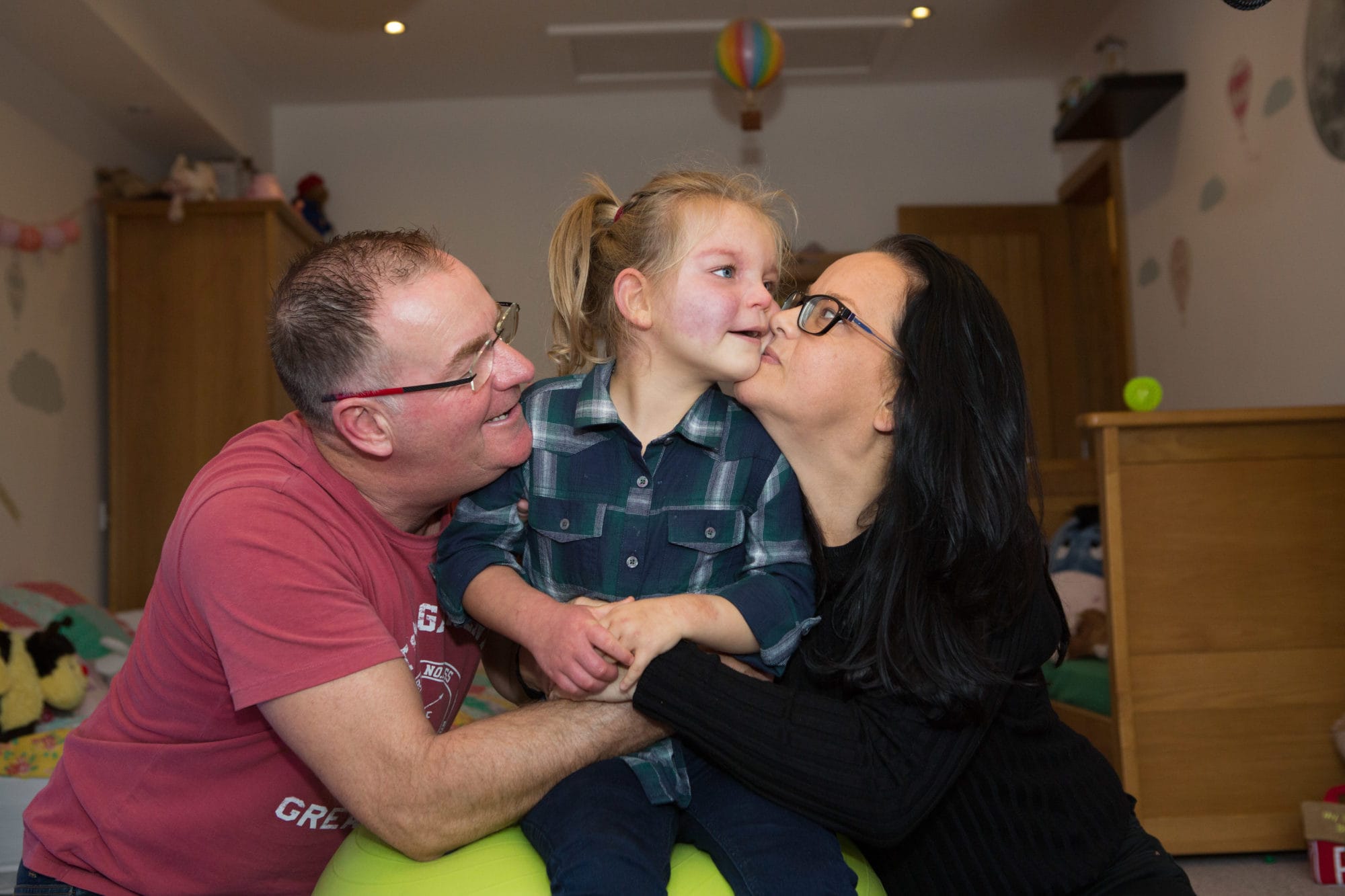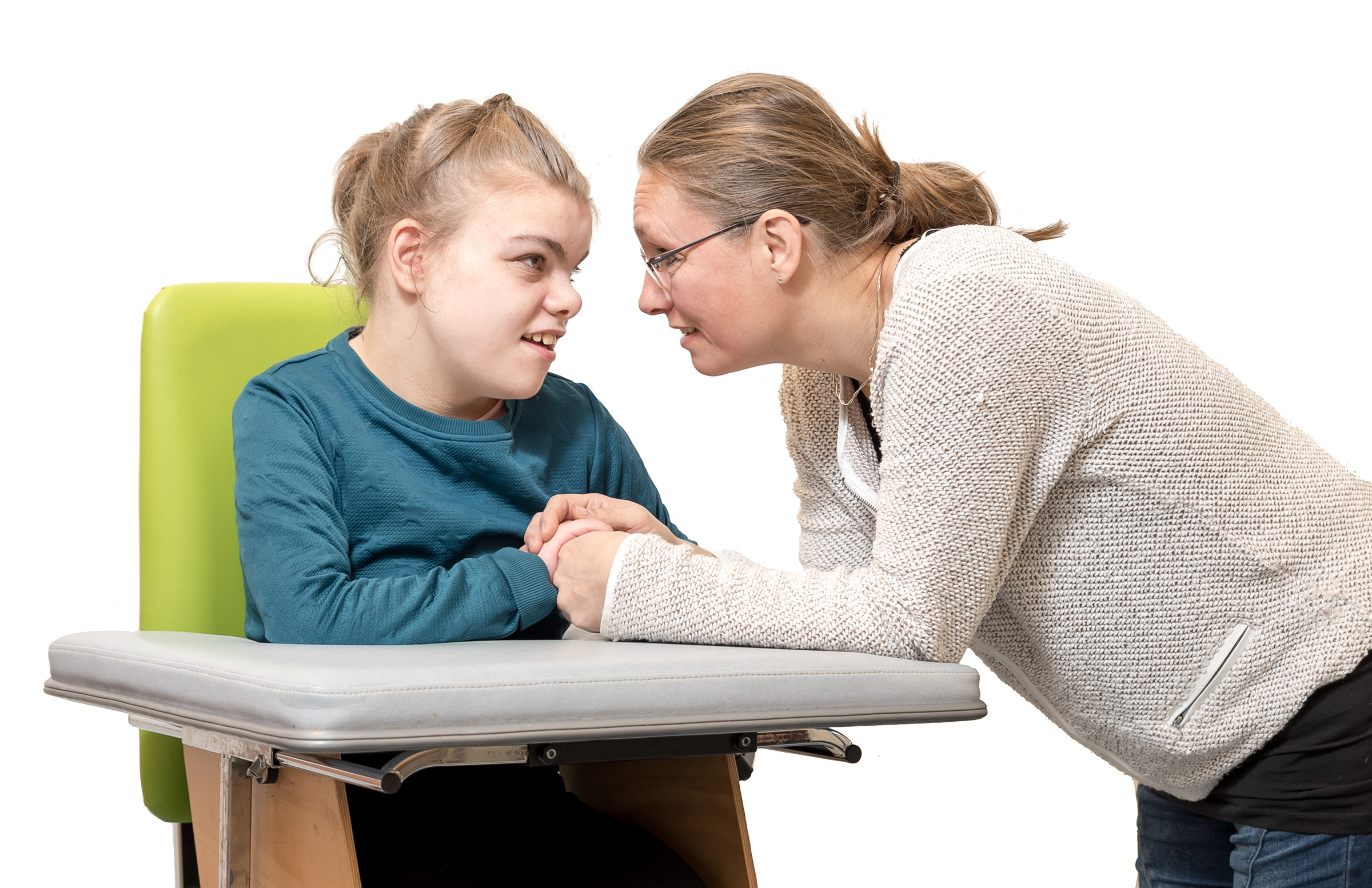Paediatrics
With an age range of between birth to 16, Paediatrics encompasses the medical care of infants, children and adolescents who suffer from physical and/or mental illness. In cases where mobility is affected due to illness or injury, certain measures should be taken to ensure the appropriate level of care.
Living in the family home
Where possible, remaining in the family home is the best solution for continued care. To ensure that the child is able to live comfortably within the family home, home adaptations may be required. Appropriate adaptations should ensure the young person can live as normal life as possible without restriction, with the ability to move around the home freely. The child should not be separated from the family due to the inability to move between floors.
Home lifts
A home lift is a safe, user-friendly and comfortable way to travel between floors. Many home lifts can be cumbersome and use a lot of space, making a lift impossible for many households to accommodate. Due to the compact footprint of a Stiltz Home Lift, safe movement between floors is possible utilising a relatively small space. With a home lift, the space on the stairs is not compromised and can still be used safely by the rest of the family.
Useful Legislation
Within the Children’s Act 1989 Schedule 2, there are two sections which are relevant to the safety of a child in the home.
Section 6 – Provision for disabled children
(a) to minimise the effect on disabled children within the area of their disabilities
(b) to give such children the opportunity to lead lives which are as normal as possible
Section 10 – Maintenance of the family home
Every local authority shall take such steps as are reasonably practicable, where any child within their area who is in need and whom they are not looking after is living apart from his family—
(a) to enable him to live with his family; or
(b) to promote contact between him and his family,
if, in their opinion, it is necessary to do so in order to safeguard or promote his welfare.
Also within Schedule 2 (Section 17) it states that a sibling of a disabled child should not be impacted by their brother or sister’s disability. An Occupational Therapist would evaluate other members of the household who need to use the stairs, especially children, i.e. a stairlift might encroach on the space to walk up and down the stairs and cause a safety risk.
Notes from our resident Occupational Therapist: “Paediatricians manage the medical conditions of the growing generation. Working with children is rewarding, but it doesn’t come without challenges. Keeping families together should be a top priority where possible. Which is why home adaptation is a common solution.”
“Paediatricians manage the medical conditions of the growing generation. Working with children is rewarding, but it doesn’t come without challenges. Keeping families together should be a top priority where possible. Which is why home adaptation is a common solution.”


![]()
Case Study:
Four-year-old Matilda suffers from a condition called Sturge Weber Syndrome – a rare neurological and skin disorder which causes learning difficulties, paralysis and seizures. Matilda’s parents wanted a home adaptation which met all of Matilda’s needs but that would also be a positive and aesthetic addition to their home for all the family. They needed a lift which could accommodate a wheelchair, could comfortably carry two people and had a small footprint.
The family chose to install a Stiltz home lift in their kitchen where it travelled up to a newly built upstairs extension that comprised Matilda’s sensory room (where the lift stopped), her bedroom and wet room. Read the full case study here.
Visit the Royal College of Paediatrics and Child Health for more information.
Read Matilda Callaghan’s Customer Story here – this link will open in a separate window.


